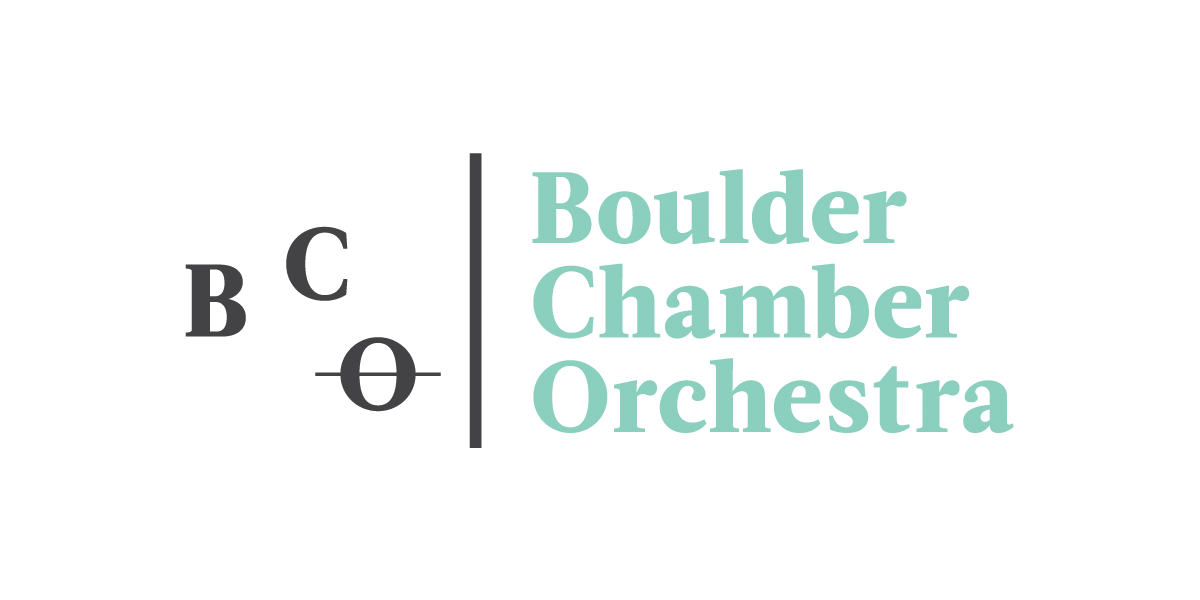Mozart Mass and More
Oct. 6, 2023, 7:30 PM
First United Methodist Church,
Jim Klein and Ian Jamison: Summation
W. A. Mozart: Mass in C-Minor, K427
Boulder Chamber Chorale
Dr. Vicki Burrichter; Artistic Director
Bahman Saless, Conducting
Szilvia Schranz and Moira Murphy - Soprano
Thomas Bocchi: Tenor
Brandon Tyler Padgett: Baritone
Program
Summation by Jim Klein and Ian Jamison
On my daily early morning walk down our farm lane over the decades I have often asked the question “who am I?” Recently, one morning while walking accompanied by our dog Shadow, these words came to me:
“God is in me
God is breath
God sees through me
as pure light
The breath will stop
The light goes out
I am infinite
All throughout”
All throughout" © 2021 Jim Klein and Ian Jamison
W. A. Mozart (1756 - 1791) Mass in C-Minor, K427
It is to posterity’s lasting disappointment that Mozart did not complete his two greatest liturgical works, the Requiem and the C minor Mass. The former, of course, was left incomplete because of the composer’s death, but the C minor Mass seems to have been the victim of the upheaval in Mozart’s life caused by his resignation from the service of the Archbishop of Salzburg and his marriage (against his father’s wishes) to Constanze Weber in 1782. When the newly-weds returned to Salzburg in 1783, Mozart had with him the incomplete score of the Mass and intended to fulfil a vow made to finish it. In the event, the Mass (which, if completed, would have had a duration comparable to Bach’s B minor Mass) remained unfinished, lacking the Agnus Dei and most of the movements of the Creed as well as some of the orchestration of the extant ‘Credo’ and ‘Sanctus’. What is known is that it was first performed on August 25 1783 in St Peter’s Church, Salzburg with Constanze herself taking one of the soprano solo parts. It is not known how the missing sections were filled in in this performance – it is possible that they were omitted altogether, spoken, or sung to different music.
Subsequent editorial treatment by Schmidt (1901) and H. Robbins Landon has made the extant but incomplete movements performable. In terms of style, the Mass draws considerably on Mozart’s study of the Baroque masters – the influence of Bach and Händel are evident in the great choral movements and the ‘Domine Deus’ and ‘Quoniam’ recall Alessandro Scarlatti and Pergolesi respectively. The piece opens quietly with a sombre statement of the ‘Kyrie’ by the chorus, this is followed by a ‘Christe’ section for soaring solo soprano, and the two join for the last ‘Kyrie’ portion of the movement. The ‘Gloria’ is in seven contrasting movements: a rejoicing ‘Gloria’ is followed by a disturbingly quiet ‘Et in terra pax’; an Italianate coloratura soprano aria (‘Laudamus te’) then leads into a sliding five-part chorus ‘Gratias’. The ‘Domine Deus’ is a pyrotechnic duet for two sopranos and strings and it is followed by a double-dotted ‘French overture-style’ ‘Qui tollis’ for double chorus. The italianate trio ‘Quoniam’ is followed by a fugal ‘Cum Sancto Spiritu’. The two existing movements of the Creed are deeply contrasting: the lively ‘Credo in unum Deum’ recalls Mozart’s earlier masses, but the ‘Et incarnatus’ is a lilting siciliana and displays some of Mozart’s finest writing for woodwind in the final cadenza for soprano, flute, oboe and bassoon. The eight-part ‘Sanctus’ (parts reconstructed by Schmidt) is expansive and contrasts with the light, fugal ‘Osanna’. Unusually for the period, the ‘Benedictus’ is not an amiable melodic aria but a serious exercise in worked counterpoint for four soloists. The piece ends with a return to the ‘Osanna’ fugue.
Barry Creasy- Chairman; Collegium Musicum of London
Movements
Kyrie
Gloria
Gloria in excelsis
Laudamus te
Gratias agimus tibi
Domine Deus
Qui tollis
Quoniam
Jesu Christe/Cum sancto spiritu
Credo
Credo in unum Deum
Et incarnatus est
Sanctus
Benedictus








